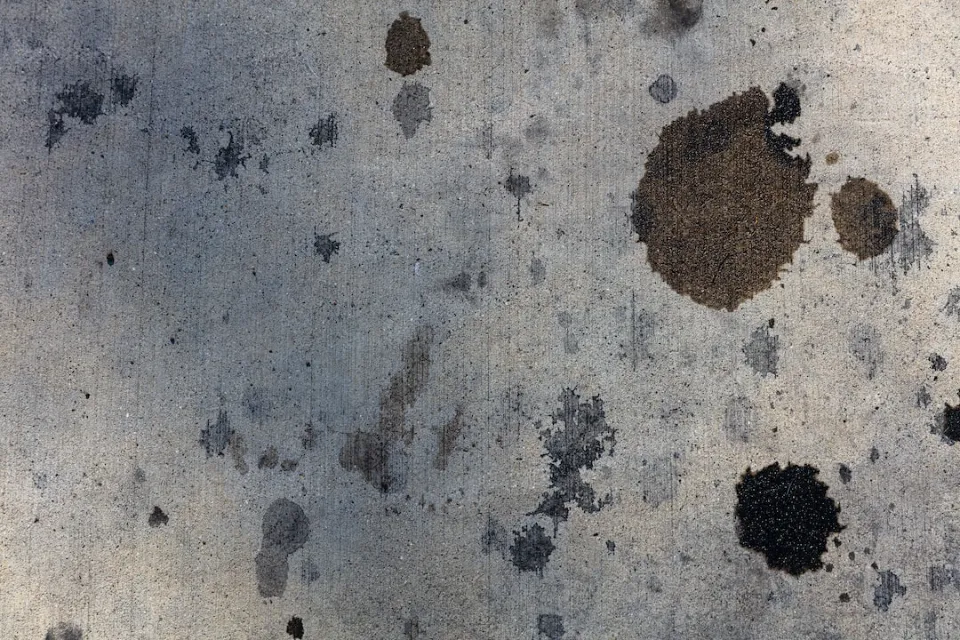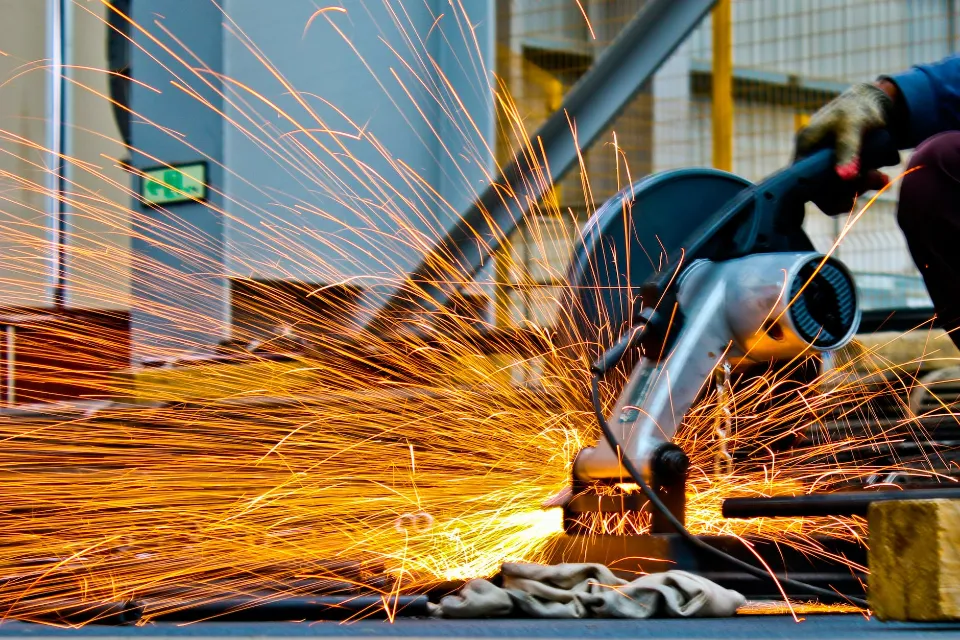
A coupling is a mechanical element part that connects two shafts together to accurately transmit the power from the drive side to the driven side while absorbing the mounting error. Keep reading, you will learn all facts about Lovejoy coupling, and how Lovejoy coupling works.
Table of Contents
What is Lovejoy Coupling?
Lovejoy provides the greatest selection of stock bore/keyway combinations for its Jaw Type of couplings in the market. For light, medium, and heavy-duty electrical motor and internal combustion power transmission applications, these couplings offer extremely dependable service with no need for lubrication.
Typically, Lovejoy Jaw Type couplings are made up of two hubs—two hubs made of sintered metal, aluminum, bronze, steel, stainless steel, or ductile iron—and an elastomer component called a spider or cushion.
What is a Lovejoy on a Motor?
Lovejoy L-type jaw couplings are the industry’s standard shaft coupling. They accommodate angular and parallel shaft misalignment, prevent metal-to-metal contact, and absorb shock when used to connect two rotating shafts. A typical L-type hydraulic pump coupling set consists of a spider and two jaw coupling hubs.
How Does a Lovejoy Coupling Work?
Two main purposes can be accomplished by connecting two shafts end to end in the same line using a flexible coupling. The first is to transfer power (torque) from one shaft to the other so that both spin at the same RPM in unison. The second is used to make up for slight misalignment and erratic motion between the two shafts.
How Do You Install a Lovejoy Coupling?
What Are the Basics of Jaw Coupling Technology?
Connecting continuous-duty electric motors to driven equipment such as pumps, gearboxes, and machinery is typically done using flexible jaw couplings. Normally, they can correct parallel misalignment up to 0.015 inches and angular shaft misalignment up to 1 degree.
All elastomeric couplings are categorized based on whether the elements are transmitting torque in compression or shear between the driving and driven hubs.
In jaw couplings, the element is loaded in compression between the jaws of mated hubs. The driving hub jaws and driven hub jaws are pushed toward each other as these jaws operate in the same plane. The elastomeric spider’s legs are compressed between its driving and driven jaws, where they transmit and absorb force.
The driving hub pulls the driven hub through an elastomeric component suspended between them in contrast to shear-type couplings, which operate with the driving and driven hubs in separate planes. Here, the element transmits and cushions the force between the hubs by being stretched between them.
What Are the Lovejoy Coupling Capabilities?
The load capacity, torsional stiffness, safety, and ease of installation are four areas where compression-type couplings excel. First off, all elastomers, especially synthetic rubber, have a higher load capacity in compression than they do in shear. Therefore, compression types transmit torque and tolerate more overload than shear types. To handle torque ranges up to 170,000 lb-in, heavy-duty jaw models with up to seven jaws are available.
Second, compared to shear types, compression types offer greater torsional stiffness (less twisting between hubs), with some versions coming very close to the extremely stiff property of metallic couplings. This high torsional stiffness reduces backlash between the motor and the machine it is driving by providing nearly equal movement of the driven shaft for each incremental movement of the driving shaft. This is a crucial characteristic in some conveyor and pump applications.

Third, jaw couplings are fail-safe; even if the spider breaks, the coupling can still function. When the driving jaws come into direct contact with the driven jaws, they simply rotate, and the coupling continues to work (albeit with a lot of noise and accelerated wear). Thus, the spider can be changed by maintenance personnel at a convenient time, potentially avoiding the need for a critical system outage. Because of this, a well-made coupling’s jaws can withstand multiple times as much torque as the coupling is rated for.
Fourth, these units are simple to install and check because they are made of just three pieces: a spider sandwiched between metal hubs. The contoured spider usually allows “blind fit” even in the most confined spaces.
Why is It Called Lovejoy Coupling?
Bonus Fun Fact: Thomas Lovejoy, the organization’s original founder, established Lovejoy Tool Works in 1900 with the goal of producing boilermaker tools and railroad track laying equipment for sale in the US and Russia. This is how Lovejoy got its catchy name.
Why is Lovejoy Popular?
The lyrics of Lovejoy’s songs frequently deal with politics, loss, and failed relationships. Their music is influenced by British indie rock and comedy music. The group grew popular due to its presence on social media.
Conclusion
Do you know more about Lovejoy coupling? Popular three-piece couplings with the alternate name “Lovejoy couplings” have a cushion in the form of a spider between two hubs to absorb shock and manage slight shaft misalignment?



